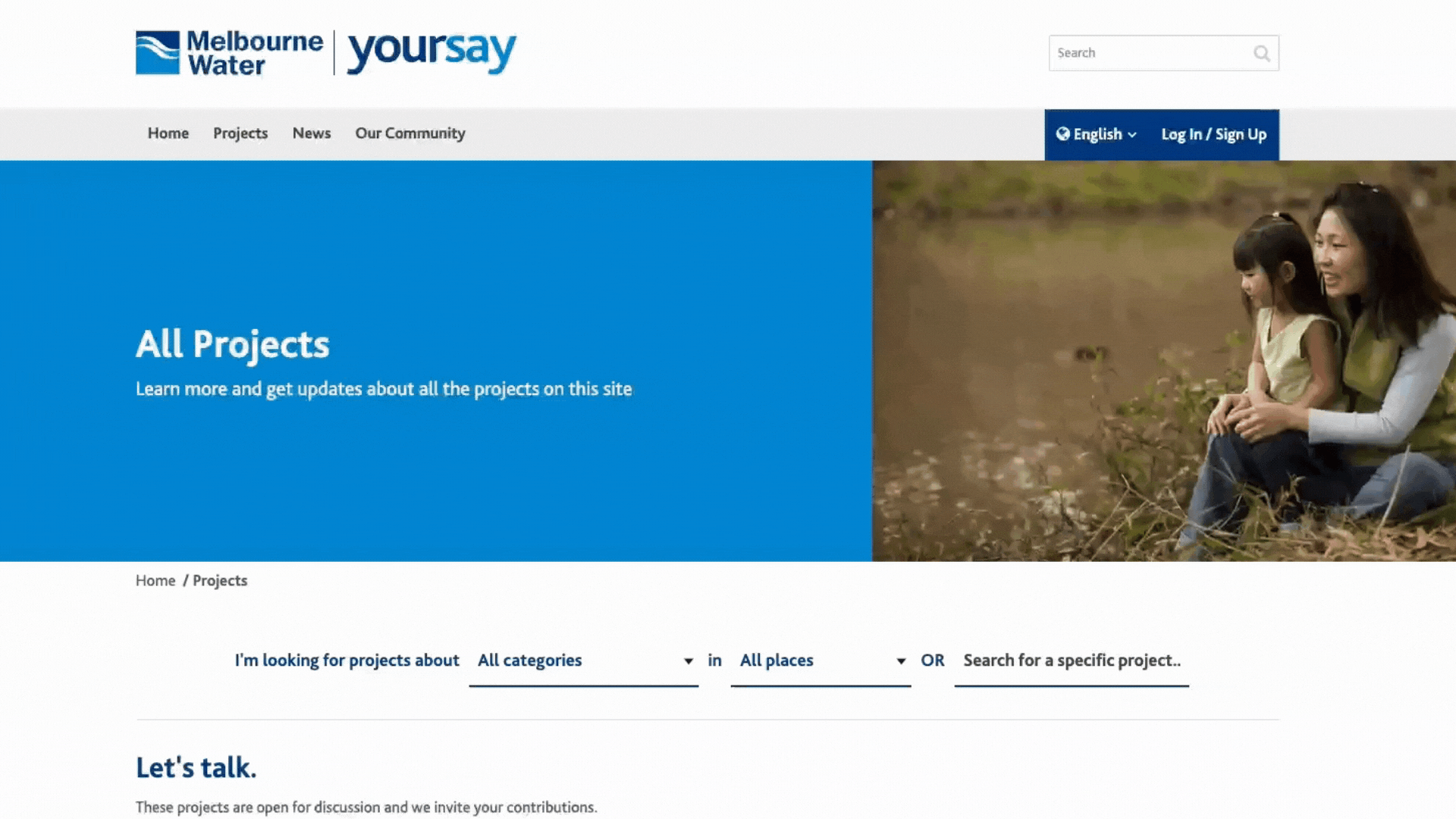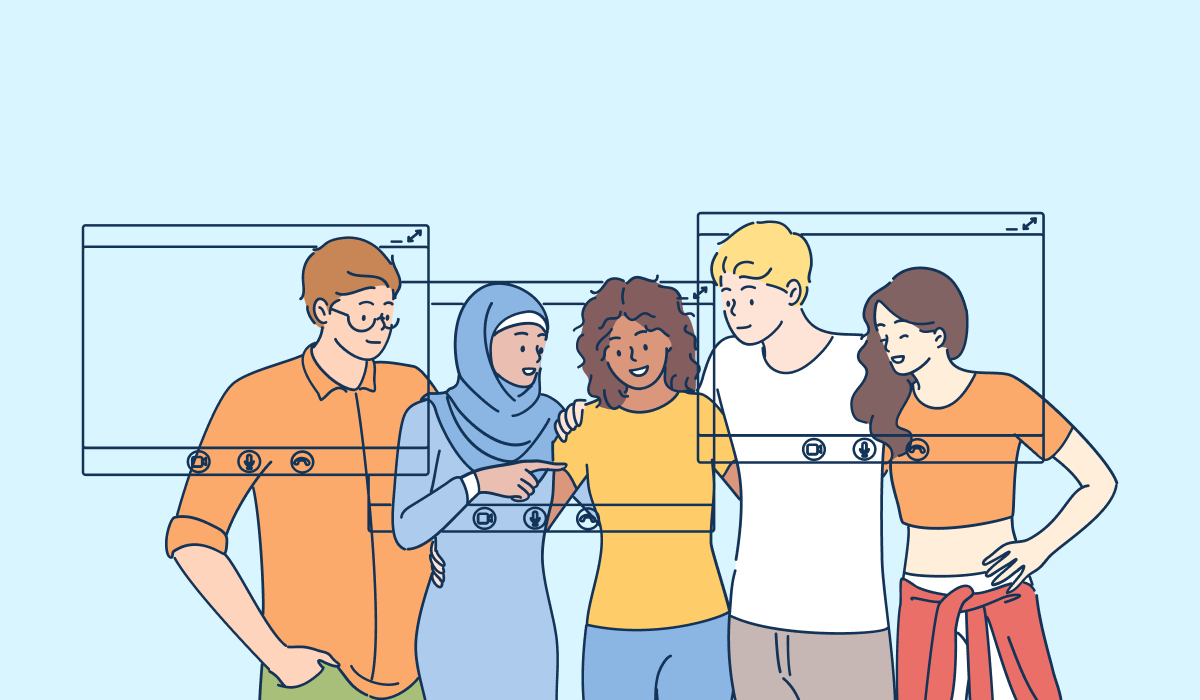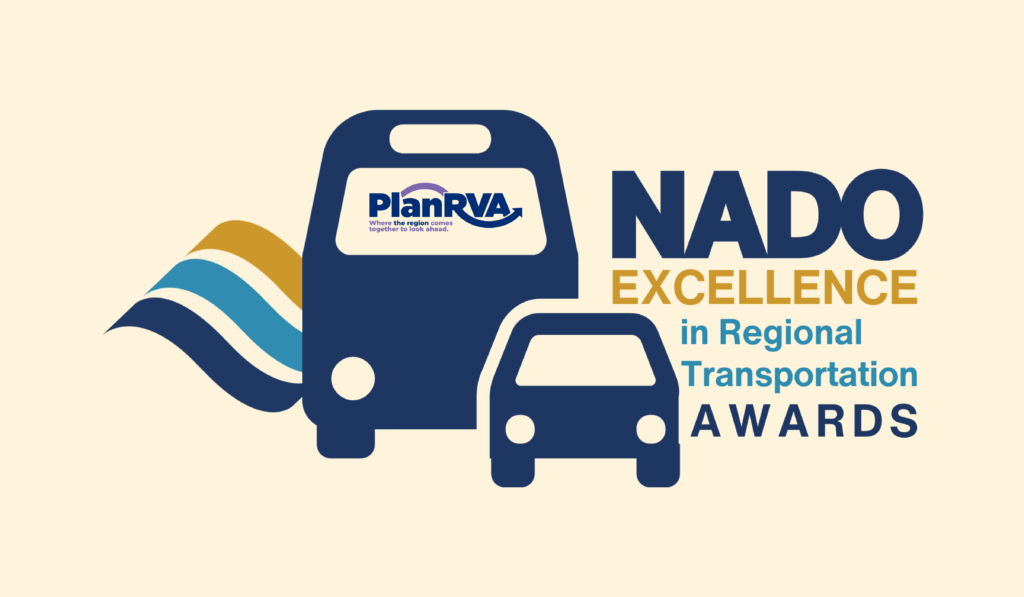Language diversity is one of the world’s greatest assets. It offers a gateway into other cultures and is one of the most crucial instruments for preserving heritage, which is why it’s so important to support multiple languages when engaging with our communities.
While it may be easy to think that everyone should speak the dominant language, the reality is that many regions of the world are home to dozens of languages who come from a diverse range of different backgrounds.
In fact, according to The Ethnologue, there are approximately 7,168 living languages in the world, bringing significant economic and cultural vitality to individuals and societies. Many governments give official recognition to only one or some of the languages spoken in the country, giving the impression that multilingualism is not a common phenomenon.
In fact, it’s difficult to find a country that is completely monolingual because multilingualism is the rule, not the exception.
That’s why it’s so important to support multiple languages in our online community engagement practice.
Low language ability can be a major barrier to public participation. People who don’t have the dominant language as their native tongue may be hesitant to speak publicly in traditional consultations and may worry about being misinterpreted within a different cultural worldview.
However, online engagement is an easy and cost-effective way to communicate with people who are native speakers of another language. In the online environment, citizens can take extra time to read materials and you can provide translations for different types of spoken language at scale.
So, here are five ways you can overcome language barriers when you engage with your community online:
- Understand the community’s language needs.
- Translate your online community engagement materials.
- Write simply.
- Use visuals to communicate complex concepts.
- Adapt to the community’s feedback.

1. Understand and Integrate the Community’s Language Needs
First of all, you need to know who is in your community.
You can consult research publications and local community members to find out what cultural groups live in your area and the languages they speak.
You should also understand their age, gender, socioeconomic status, migration pathways, and length of time spent in your community to get a granular understanding of their needs.
It’s also possible to build partnerships with community leaders, agency staff, bilingual workers, and community volunteers who may understand the language requirements and cultural norms of different groups of people.
2. Translate your Online Community Engagement Materials
Once you understand the types of language barriers and requirements of your community, you can start developing a translation strategy.
Translation is more than just converting the words of one language to another. Direct translations don’t always make sense in a different cultural context, so you need to have a set of parameters to ensure that your message is understood accurately in every language offered.
While it’s possible to use automated translation tools, such as Google Translate to offer your materials in multiple languages, they don’t always pick up on cultural nuances and can create misunderstanding.
To make sure that your community engagement efforts don’t get lost in translation, we at Social Pinpoint offer a multilingual translation tool that empowers you to create your engagement website in any language and generate accurate, culturally-relevant translations.
After generating an automated translation in the desired language, you can engage human translators to edit the content at scale. By utilizing these interpreted services, you can ensure that foreign concepts from the dominant language are bridged across to another with the context in mind to improve your engagement process.

3. Write Simply
Plain language is a communication style in which the wording, structure, and phrases are kept simple and clear. This makes it easy for many audiences to find and use the information that they need.
Using difficult terminologies can cause your community to feel excluded or confused, as the language gets lost in translation. Therefore, when language is kept simple, it’s easier for people with different literacy levels to understand what they are reading and participate on a level playing field.
When poetic language and unique figures of speech are left out, it’s also easier to translate your text from one language to another.
4. Use Visuals to Communicate Complex Concepts
Videos, photos, and diagrams also help to address language barriers because they can often be universally understood. They can also help you translate complex ideas into easy-to-digest pieces of information.
Videos, illustrations, diagrams, and charts provide visual cues and break down complex plans into something more tangible. When chosen well, culturally appropriate images and visual media can help your audience relate to the message you are trying to share.
Engaging visuals can help transcend language barriers if they provide additional layers of context that text alone can not accomplish – especially if captions are also included. Your community will gain a better understanding on the project, especially if there is a physical change or shift that the public can see being built or developed.
Thankfully, Social Pinpoint’s flexibility allows an incredible array of exciting, visual content to be embedded anywhere within your project.

5. Adapt to the Community’s Feedback
It’s important to ensure you are meeting the changing needs of your community. So, you should regularly seek feedback from citizens and your partners to see if there are any improvements you can make to your translated materials. The advantage of online community engagement tools is that it’s easy to make changes to your resources.
Receiving diverse feedback from the public will assist you in developing trust and stronger relationships with your community. Giving them a representative voice will help them feel heard and that their concerns are taken into account during the decision-making process.
Linguistic diversity makes the world more interesting.
Governments have an important role to play in protecting the diversity of languages, while also meeting their requirements for accessibility. Offering translated online community engagement materials can help you overcome language barriers and invite diverse perspectives into your decision-making process.
Social Pinpoint’s Multilingual Add-On ensures that you are armed with the most authentic, relevant, and up-to-date translations available. If you’d like to learn more about this tool, we have compiled an FAQ document which is available here. Alternatively, if you would like to learn more or start using Social Pinpoint’s multilingual add-on, then contact our team today.












